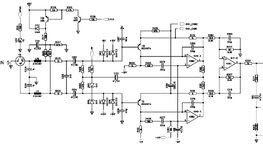Folkcafe
Well-known member
What, not even some bare bone Millennia HV preamps? This test sucks already.If I do the mic comparisons, do you have a suggestion as to which of these available to me I should use - I've also got a behringer 1820 and somewhere an old Lexicon Omega, if either of those jump out (good or bad) plus a pair of Behringers = x32 and x32 rack sitting in the store. I know they claim to be the same design as the midas preamps?
On a serious note, not sure what a comparison of stage vocal mics will tell us on unknown voices. Crowd seems into it so why not.


